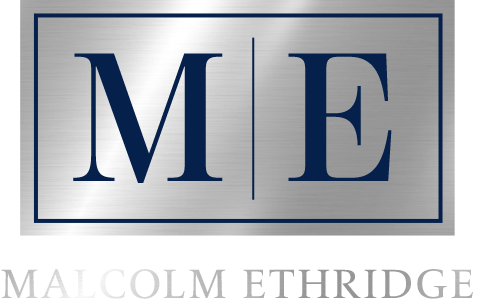Establishing a Solo 401(k) Plan for Your Consulting Business
For those who maintain a full-time job while also performing side work such as consulting, deciding what to do with the extra money can be complicated—especially if that additional income isn’t necessary to cover monthly living expenses. For those who manage to find themselves in this enviable position, the solo 401(k) plan emerges as an ideal solution.
Typically seen as only a retirement savings plan, the solo 401(k) also acts as a unique savings vehicle that offers significant tax advantages. This plan operates similarly to a traditional 401(k) plan offered by larger companies but with a key difference: since a self-employed individual is both the employer and the employee, they can make contributions in both capacities.
In 2023—as an ‘employee’—you can contribute as much as 100% of your compensation; up to an annual limit of $22,500; or $30,000 if you are 50 years old or older. Then, as the ‘employer’, you can contribute up to 25% of your compensation. The combined limit of these two contributions, however, is $66,000 in 2023, plus additional catch-up contributions of $7,500 for individuals over age 50 for a total of $73,500.
The solo 401(k) plan offers an incredible advantage over other retirement plans because it allows you to save more money each year. However, it’s important to note that if you are also contributing to a 401(k) plan elsewhere, the amount you contribute to that plan will reduce the amount you’re allowed to contribute as an ‘employee’ to your solo 401(k) plan.
Therefore, if you’re already maximizing your contributions to a workplace 401(k) plan, you generally are not allowed to make ‘employee’ contributions to your solo 401(k) plan at all. This does not, however, restrict you from making contributions as an ‘employer’ before reaching the allowable limit.
Contributions made to the solo 401(k) plan are typically tax-deductible, thus reducing your taxable income for the year. This can be particularly beneficial for individuals in higher tax brackets who are looking to minimize their tax liability. By strategically utilizing a solo 401(k) plan, these individuals can effectively turn their supplemental income into a powerful tool for tax-efficient wealth accumulation.
Further, solo 401(k) plans offer several unique features that distinguish them from other self-employed retirement plans like Simplified Employee Pension (SEP) plans or Savings Incentive Match Plan for Employees, better known as SIMPLE IRAs. One of the most notable distinctions of the solo 401(k) plan is the ability to contribute a higher percentage of your income to it. While, in 2023, those who are self-employed are generally limited to a total of $66,000 in combined employee and employer contributions, the amount of income required to reach that maximum contribution limit varies based on the type of plan.
For example, SEP contributions are capped at 20% of the participant’s net self-employment income, which is less than the employer portion of the solo 401(k) plan contribution. Plus, the additional ‘employee’ contribution allowed by the solo 401(k) plan means that plan participants can contribute a much higher percentage of their total income.
Specifically, to contribute the maximum of $66,000 to their plan, a SEP participant must earn $330,000 in self-employment income. In contrast, a solo 401(k) plan participant must earn only $220,000 to contribute that amount using standard ‘employee’ and ‘employer’ contributions.
For those juggling a full-time job and consulting work on the side, seeking to either minimize their tax bill or supercharge savings, opting for a solo 401(k) should seem like a no-brainer. The ability to make substantial tax-advantaged contributions to your retirement savings, combined with the potential for tax deductions, makes the solo 401(k) plan a powerful tool in your financial arsenal.
Establishing a solo 401(k) plan is easy to do. Start by selecting a reputable financial institution or brokerage firm that offers this option. Once you've chosen the provider, opening the account should involve completing a straightforward application and providing basic personal information. In most cases, the entire process can be done online, saving you time and streamlining the setup. You will also want to consult your accountant or other tax professional to confirm that your contributions are calculated properly.
********************
Malcolm Ethridge, CFP® is the Managing Partner of Capital Area Planning Group based in Washington, DC. He is also the Managing Partner of Capital Area Tax Consultants.
Malcolm’s areas of expertise include retirement planning, investment portfolio development, tax planning, insurance, equity compensation and other executive benefits.
Disclosures:
The information provided is for educational and informational purposes only, does not constitute investment advice, and should not be relied upon as such. Be sure to consult with your legal advisors before taking any action that could have tax and legal consequences.
Investments in securities and insurance products are:
NOT FDIC-INSURED | NOT BANK-GUARANTEED | MAY LOSE VALUE
